Home>Storage Ideas>Living Room Storage>How To Clean Resilient Floors
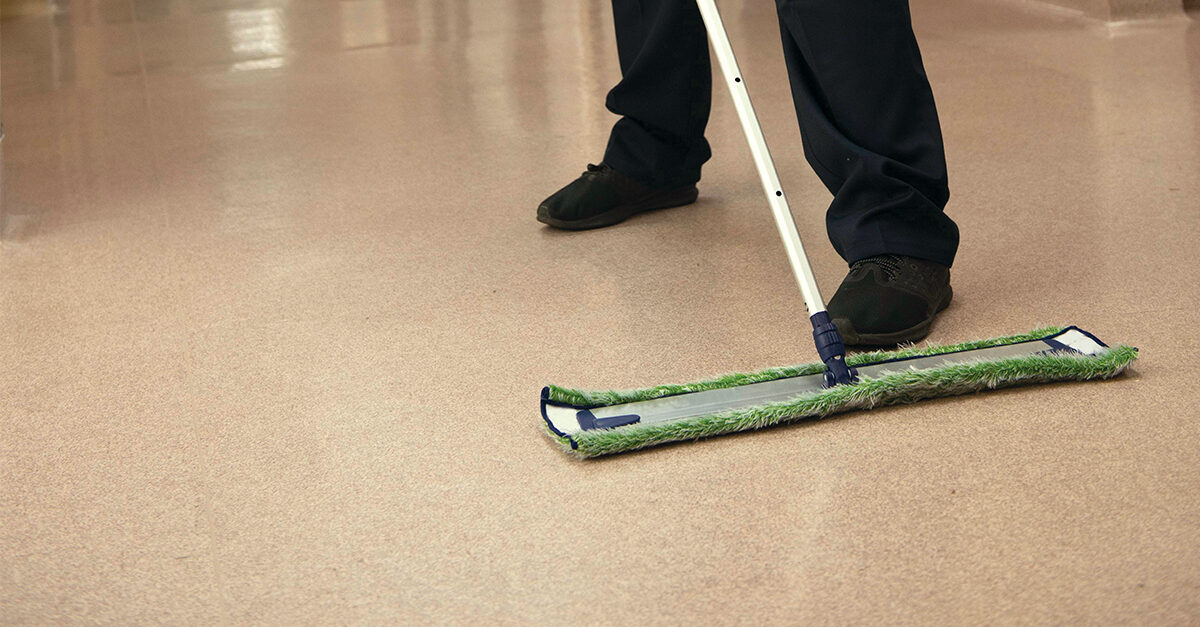

Living Room Storage
How To Clean Resilient Floors
Modified: March 24, 2024
Learn how to effectively clean and maintain your resilient floors in your living room with our expert tips. Discover the best storage solutions for keeping your living room clutter-free.
(Many of the links in this article redirect to a specific reviewed product. Your purchase of these products through affiliate links helps to generate commission for Storables.com, at no extra cost. Learn more)
Introduction
Welcome to the world of resilient floors! If you’re looking for a practical and durable flooring option for your home, resilient floors might be just what you need. Resilient floors, also known as vinyl floors, are incredibly versatile, easy to maintain, and can withstand heavy foot traffic.
In this article, we will delve into the world of resilient floors and provide you with valuable insights on how to clean and maintain them. Whether you have vinyl plank flooring, luxury vinyl tile (LVT), or sheet vinyl, the cleaning tips and techniques shared here will help you keep your floors looking pristine for years to come.
Resilient floors offer a wide range of benefits. They are water-resistant, stain-resistant, and can handle spills and messes without any issues. Additionally, they are available in a variety of patterns and styles, allowing you to find the perfect flooring solution that suits your personal taste and the decor of your living room.
Before we dive into the cleaning process, let’s take a closer look at what resilient floors are and the different types available in the market.
Key Takeaways:
- Resilient floors, such as vinyl plank flooring and luxury vinyl tile, offer durability and easy maintenance. Use pH-neutral cleaners and gentle tools to keep them looking pristine and protect against stubborn stains.
- Regular maintenance, preventive measures, and prompt stain removal are crucial for preserving the longevity and visual appeal of resilient floors. Incorporate protective mats, felt pads, and gentle cleaning techniques to maintain their beauty.
Read more: How To Clean A Floor
Understanding Resilient Floors
Resilient floors are a popular choice for many homeowners due to their durability and versatility. Made from synthetic materials like vinyl, these floors are designed to withstand everyday wear and tear, making them perfect for high-traffic areas such as living rooms.
One of the key features of resilient floors is their ability to bounce back or recover from pressure and impact. This quality makes them resistant to dents and scratches, ensuring that they maintain their appearance for a long time.
Resilient floors come in various forms, including vinyl plank flooring, luxury vinyl tile (LVT), and sheet vinyl. Vinyl plank flooring is designed to mimic the look and feel of hardwood, providing a more natural aesthetic. Luxury vinyl tile offers the appearance of ceramic or stone tiles without the high cost and maintenance requirements. Sheet vinyl, on the other hand, is available in large rolls and can be easily cut to fit any room size or shape.
One of the main advantages of resilient floors is their water resistance. This makes them an excellent choice for areas where moisture is present, such as kitchens and bathrooms. Resilient floors feature a protective layer that prevents water from seeping in, making them highly resilient to spills and liquids.
Another benefit of resilient floors is their ease of installation. Whether you choose vinyl plank flooring, luxury vinyl tile, or sheet vinyl, these options are designed for simple installation, often using click-and-lock or adhesive methods. This means you can have beautiful new floors in your living room without the need for a time-consuming and costly installation process.
Overall, understanding the unique characteristics of resilient floors is crucial for proper maintenance and cleaning. In the following sections, we will explore the tools required for cleaning resilient floors and delve into the step-by-step cleaning process to keep them looking their best.
Types of Resilient Floors
When it comes to resilient floors, there are several types to choose from, each with its own unique features and benefits. Understanding the different types will help you make an informed decision when selecting the perfect flooring option for your living room. Let’s take a closer look at the most common types of resilient floors:
1. Vinyl Plank Flooring:
Vinyl plank flooring is designed to replicate the appearance of hardwood floors. It features long planks with a textured surface, providing a realistic wood grain look. Vinyl plank flooring is available in a variety of colors and finishes, allowing you to achieve the desired aesthetic for your living room.
2. Luxury Vinyl Tile (LVT):
Luxury vinyl tile, or LVT, offers the look of natural stone or ceramic tiles without the high cost and maintenance requirements. LVT is available in various shapes and sizes, including squares and rectangles, and can be arranged in different patterns to create a unique and stylish look for your living room.
Read more: How To Clean Floor Rug
3. Sheet Vinyl:
Sheet vinyl is a popular resilient flooring option that comes in large rolls. It can be easily cut to fit any room size or shape, making it a versatile choice for living rooms of all dimensions. Sheet vinyl is available in a wide range of patterns and designs, allowing you to choose the perfect style that complements your living room decor.
4. Vinyl Composition Tile (VCT):
Vinyl composition tile, or VCT, is a common choice for commercial spaces but can also be used in residential settings. It is made up of multiple layers of vinyl, compressed together to create a durable and long-lasting floor. VCT is available in a variety of colors and patterns, offering endless design possibilities for your living room.
Each type of resilient floor has its own advantages, so it’s important to consider your specific needs and preferences when selecting the right one for your living room. Now that you’re familiar with the different types, let’s move on to the necessary cleaning tools you’ll need to keep your resilient floors looking their best.
Necessary Cleaning Tools
Keeping your resilient floors clean and well-maintained is essential for the longevity and appearance of your flooring. To effectively clean your resilient floors, you’ll need a few essential tools. Here are the necessary cleaning tools you should have on hand:
1. Broom or Vacuum Cleaner:
A broom with soft bristles or a vacuum cleaner with a soft brush attachment is perfect for removing loose dirt, dust, and debris from your resilient floors. Regular sweeping or vacuuming helps prevent scratches and keeps your floors looking tidy.
Read more: How To Clean A Hardwood Floor
2. Microfiber Mop:
A microfiber mop is ideal for cleaning resilient floors as it is gentle yet effective in lifting dirt and grime. The microfiber material traps dust and particles, preventing them from scratching the floor surface while providing a thorough clean. Make sure to choose a mop with a washable and reusable microfiber pad.
3. pH-Neutral Cleaner:
A pH-neutral cleaner specifically formulated for resilient floors is your best bet for safe and effective cleaning. Avoid using harsh chemicals, bleach, or ammonia-based cleaners as they can damage the protective layer of your floors. Look for cleaners that are specifically labeled for use on vinyl or resilient floors.
4. Soft Bristle Brush:
A soft bristle brush can be handy for scrubbing away stubborn stains or dirt buildup on your resilient floors. Look for a brush with soft bristles to prevent scratching or damaging the surface of the floor. A toothbrush can also be used for small, hard-to-reach areas.
5. Bucket and Warm Water:
A bucket filled with warm water is essential for diluting the cleaning solution and rinsing your mop or brush. Make sure the water is not too hot, as extreme temperatures can damage vinyl floors. It’s also important to change the water regularly to avoid spreading dirt and grime.
Having these cleaning tools readily available will ensure that you are well-equipped to maintain the cleanliness and beauty of your resilient floors. In the next section, we will go through the step-by-step cleaning process specifically tailored for resilient floors.
Read more: How To Clean Marley Floor
Cleaning Process for Resilient Floors
To keep your resilient floors looking their best, it’s important to establish a regular cleaning routine. Follow these step-by-step instructions to effectively clean your resilient floors:
Step 1: Clear the Area:
Before you begin cleaning, remove any furniture or obstacles from the area to have a clear workspace. This will allow you to clean the entire floor surface without any hindrances.
Step 2: Sweep or Vacuum:
Start by sweeping or vacuuming the floor to remove loose dirt, dust, and debris. Use a broom with soft bristles or a vacuum cleaner with a soft brush attachment. Pay attention to corners and hard-to-reach areas to ensure a thorough cleaning.
Step 3: Prepare the Cleaning Solution:
Fill a bucket with warm water and add a small amount of pH-neutral cleaner specifically formulated for resilient floors. Follow the manufacturer’s instructions for the recommended amount of cleaner to use. Avoid using excessive amounts of cleaning solution, as it can leave residues on the floor.
Read more: How To Clean A Laminate Floor
Step 4: Mop the Floor:
Dip a microfiber mop into the cleaning solution, wring out any excess water, and start mopping the floor. Work in small sections, moving the mop in a back-and-forth motion, applying gentle pressure to remove dirt and stains. Rinse the mop frequently in warm water and wring it out to avoid spreading dirt or residue.
Step 5: Spot Clean Stains:
If you encounter stubborn stains or marks, apply a small amount of the pH-neutral cleaner directly to the stain and gently scrub with a soft bristle brush or a toothbrush. Avoid using abrasive scrubbing pads, as they can damage the floor surface. Once the stain is removed, rinse the area with clean water and dry it with a soft cloth.
Step 6: Rinse the Floor:
After mopping, prepare a fresh bucket of clean, warm water. Use a clean mop or cloth to rinse the floor, removing any residue left from the cleaning solution. Make sure to change the water as needed to avoid spreading dirt.
Step 7: Dry the Floor:
To prevent any slipping hazards, make sure to dry the floor thoroughly. Use a soft, absorbent cloth or mop to remove any excess moisture. Avoid walking on the floor until it is completely dry.
By following these steps on a regular basis, you can maintain the cleanliness and visual appeal of your resilient floors for years to come. However, it’s also important to implement regular maintenance and preventive measures to extend the lifespan of your flooring. Let’s explore some maintenance tips in the next section.
Read more: How To Clean Car Floor
Maintenance and Preventive Tips
Maintaining your resilient floors goes beyond regular cleaning. Follow these maintenance and preventive tips to keep your floors in top condition:
1. Use Protective Mats or Rugs:
Place mats or rugs at entryways and high-traffic areas to trap dirt and debris before it reaches your resilient floors. This will help prevent scratches and minimize the amount of dirt that needs to be cleaned.
2. Use Felt Pads on Furniture:
Attach felt pads to the bottom of your furniture legs to prevent them from scratching or scuffing the floor surface when moving or sliding the furniture. Regularly check and replace the felt pads as needed to ensure maximum protection.
3. Avoid Excessive Exposure to Sunlight:
Resilient floors can fade or discolor when exposed to direct sunlight for extended periods. Use curtains or blinds to block out the sun’s rays, or consider using UV-protective film on your windows to minimize the impact of sunlight on your floors.
Read more: How To Clean The Shower Floor
4. Wipe up Spills Immediately:
Accidents happen, but it’s important to promptly clean up any spills or liquids on your resilient floors. Use a soft, absorbent cloth or paper towel to blot and remove the spilled liquid. This will prevent stains and potential damage to your flooring.
5. Avoid Harsh Chemicals and Abrasive Cleaners:
When cleaning your resilient floors, avoid using harsh chemicals, bleach, or abrasive cleaners, as they can damage the protective layer and cause discoloration. Stick to pH-neutral cleaners specifically formulated for resilient floors for safe and effective cleaning.
6. Regularly Trim Pet Nails:
If you have pets, make sure to keep their nails trimmed to avoid scratching your resilient floors. Regular grooming will minimize the risk of any accidental damage caused by their nails.
7. Perform Regular Maintenance:
Periodically inspect your resilient floors for any signs of damage or wear. If you notice any loose or damaged tiles or planks, have them replaced or repaired promptly to avoid further issues. Additionally, follow the manufacturer’s recommended guidelines for any specific maintenance requirements.
By following these maintenance and preventive tips, you can keep your resilient floors looking beautiful and extend their lifespan. However, if you encounter stubborn stains or need to tackle more challenging cleaning situations, there are additional methods to try. We will explore how to remove stubborn stains in the next section.
Read more: How To Clean A Slate Floor
Removing Stubborn Stains
Despite your best efforts, resilient floors may occasionally encounter stubborn stains that require a little extra attention. Here are some effective methods for removing stubborn stains from your resilient floors:
1. Oil-based Stains:
If you have stains from oil or grease spills, start by blotting the area with a clean cloth to absorb as much of the oil as possible. Then, mix a solution of warm water and mild dish soap. Dip a soft cloth into the solution and gently scrub the stain in a circular motion. Rinse the area with clean water and dry it thoroughly.
2. Ink or Marker Stains:
For ink or marker stains, take a clean cloth and dampen it with rubbing alcohol. Gently blot the stained area, making sure not to rub the stain further into the floor. Rinse the area with clean water and dry it completely.
3. Wine or Juice Stains:
If you have red wine or juice stains on your resilient floors, create a mixture of warm water and hydrogen peroxide. Apply the solution to the stained area using a soft cloth. Let it sit for a few minutes, then wipe away the solution and rinse the area with clean water. Dry the floor thoroughly.
Read more: How To Clean A Bathroom Floor
4. Rust Stains:
To remove rust stains, mix lemon juice and salt to create a paste. Apply the paste to the stained area and let it sit for a few minutes. Gently scrub the stain with a soft brush or cloth, then rinse the area with clean water and dry it completely.
5. Gum or Wax Stains:
If you have gum or wax stuck to your resilient floors, first, try applying an ice pack or ice cubes to the affected area to harden the gum or wax. Once it becomes brittle, gently scrape it off with a plastic scraper or credit card. Be careful not to scratch the floor. For any remaining residue, use a cloth dampened with rubbing alcohol to clean the area, then rinse and dry it thoroughly.
6. Nail Polish Stains:
If you accidentally spill nail polish on your resilient floors, act quickly. Start by blotting away any excess polish with a paper towel. Then, dampen a cloth with acetone or nail polish remover and gently blot the stain, being cautious not to spread the polish further. Rinse the area with clean water and dry it completely.
Remember to always test any cleaning solution or method in an inconspicuous area of your floor before applying it to the stain. This will ensure that it doesn’t cause any damage or discoloration.
With these stain-removal methods, you can tackle stubborn stains on your resilient floors and maintain their pristine appearance. In the concluding section, we will summarize the key points covered in this article.
Conclusion
Caring for and maintaining your resilient floors is essential to ensure their longevity, aesthetic appeal, and overall condition. By understanding the nature of resilient floors and following the proper cleaning and maintenance techniques, you can enjoy beautiful and durable flooring in your living room for years to come.
In this article, we explored the world of resilient floors, their various types, and the necessary cleaning tools to keep them in excellent shape. We discussed the step-by-step cleaning process, including how to remove stubborn stains. Additionally, we highlighted some maintenance and preventive tips to further protect and prolong the life of your resilient floors.
Remember to use appropriate cleaning tools, such as a soft-bristle brush, microfiber mop, and pH-neutral cleaners designed for resilient floors. Regular sweeping or vacuuming, followed by mopping with a gentle cleaning solution, will help maintain the cleanliness and appearance of your floors. Promptly addressing spills and stains, whether they are oil-based, ink, rust, or other substances, is essential to prevent permanent damage.
Maintaining your resilient floors goes beyond cleaning. By incorporating preventive measures, such as using protective mats, felt pads, and avoiding excessive exposure to sunlight, you can minimize the risk of scratches, stains, and fading. Regular maintenance, including checking for damage and following manufacturer guidelines, will ensure that your floors stay in optimal condition.
Resilient floors offer a practical and durable flooring solution for your living room, and with proper care, they can withstand the demands of everyday life while maintaining their beauty. So, put these tips into practice and enjoy a clean and inviting living space with your resilient floors as the centerpiece.
Frequently Asked Questions about How To Clean Resilient Floors
Was this page helpful?
At Storables.com, we guarantee accurate and reliable information. Our content, validated by Expert Board Contributors, is crafted following stringent Editorial Policies. We're committed to providing you with well-researched, expert-backed insights for all your informational needs.
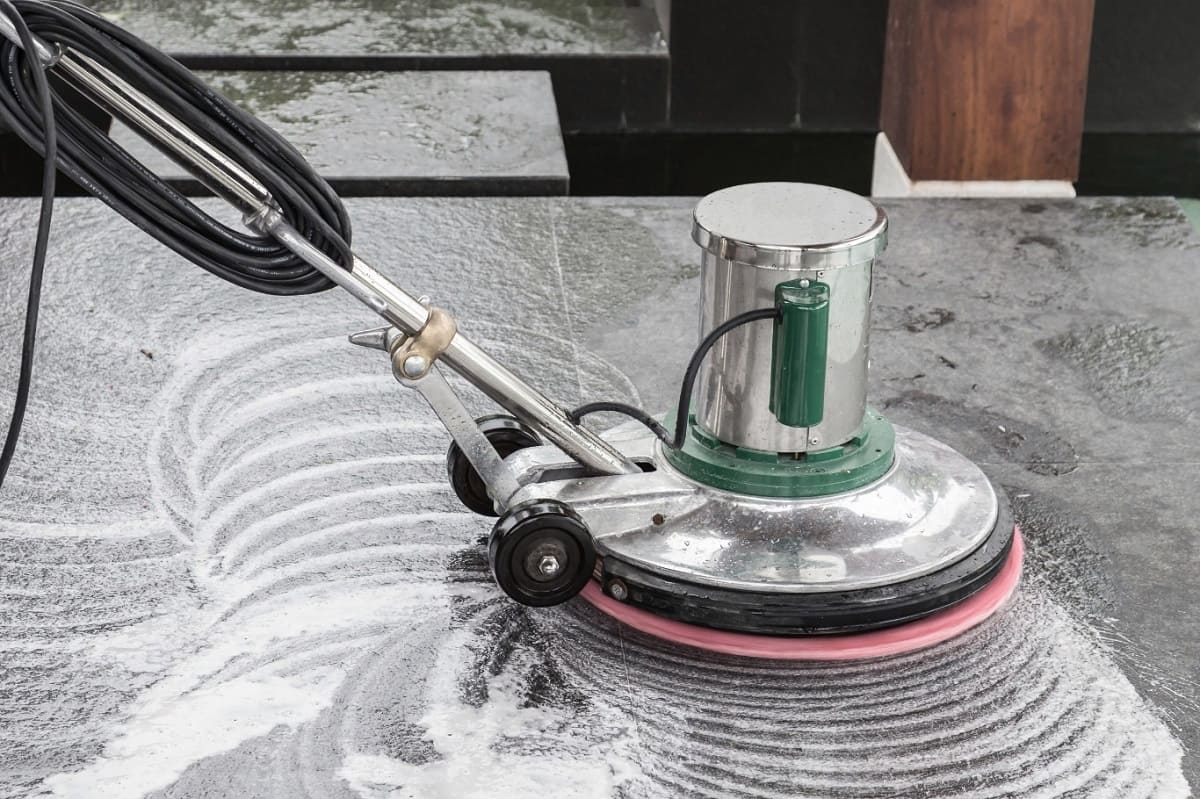
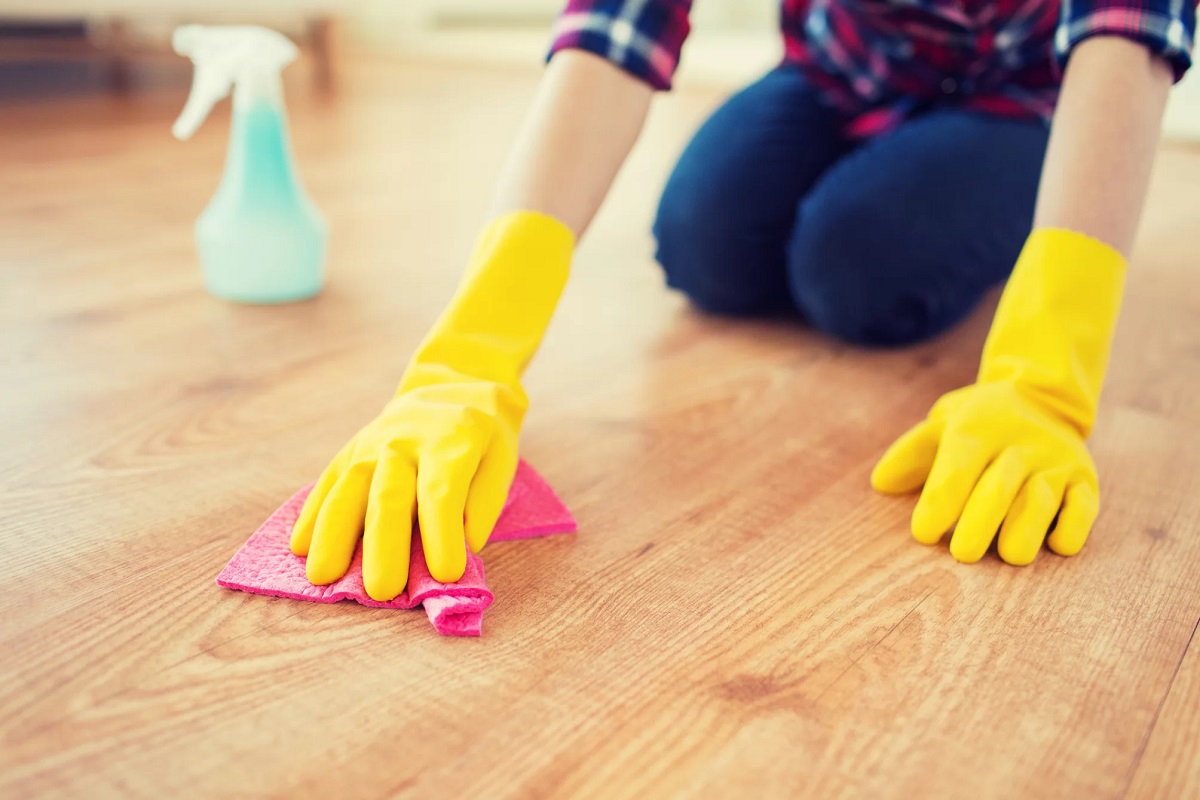
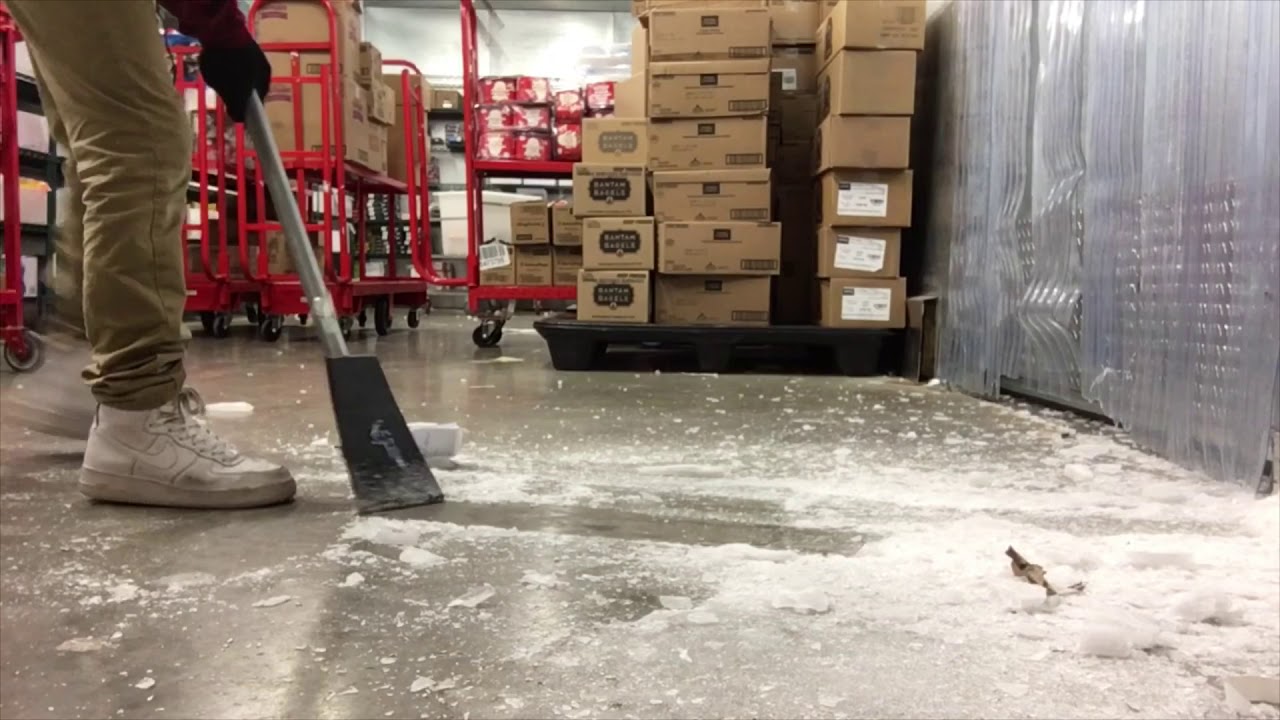
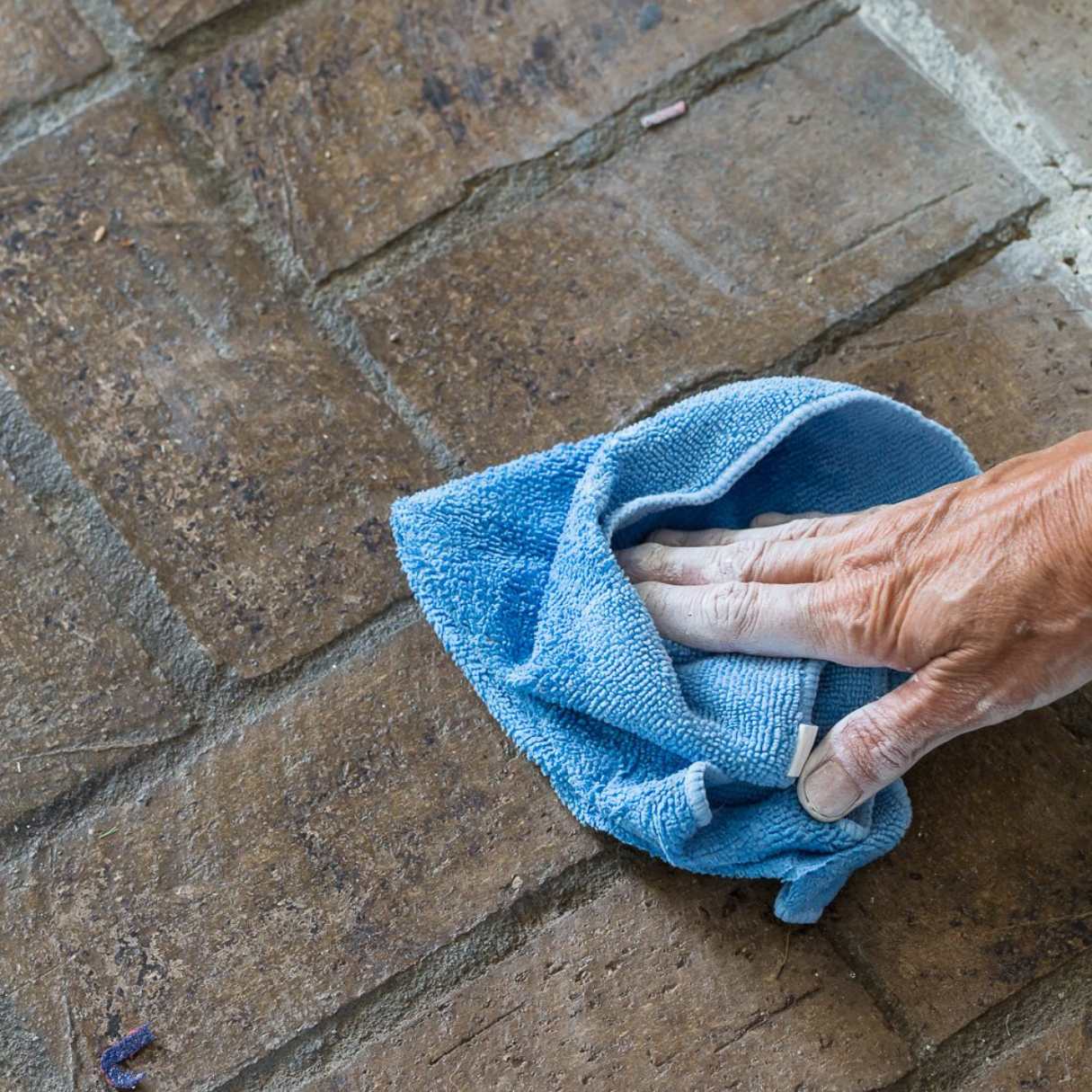
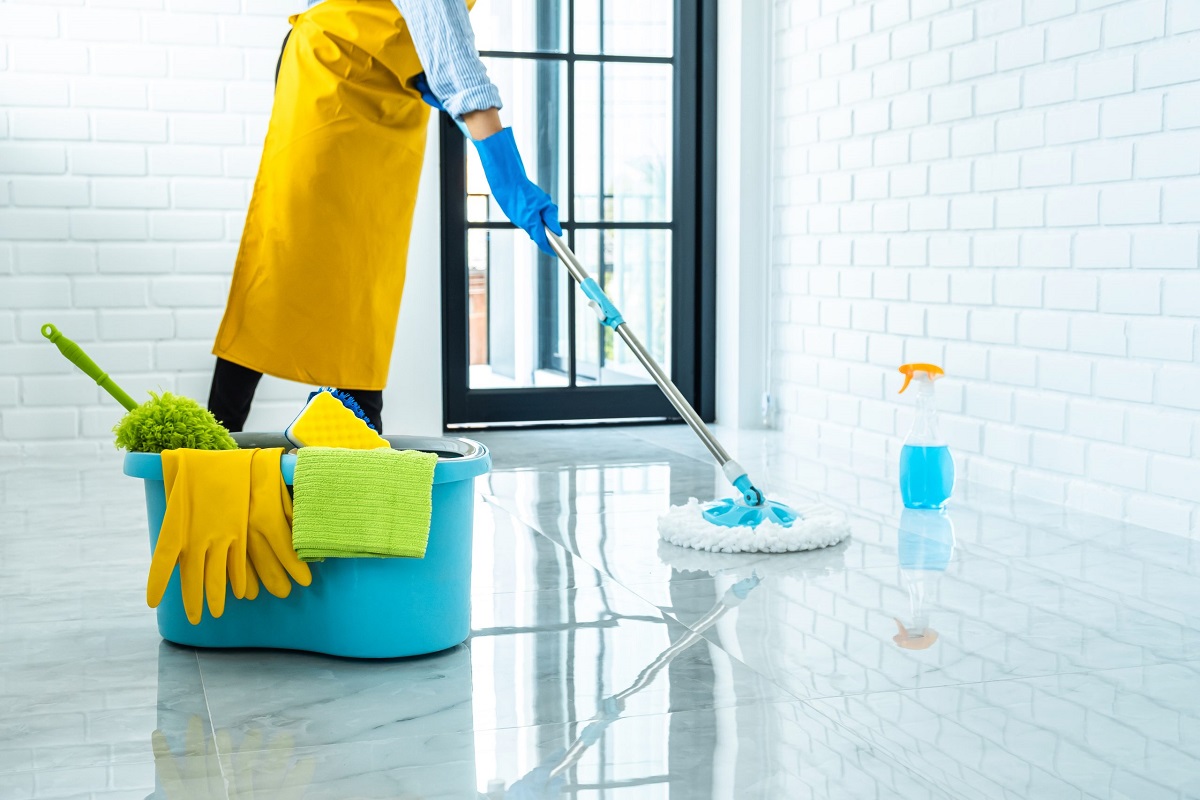
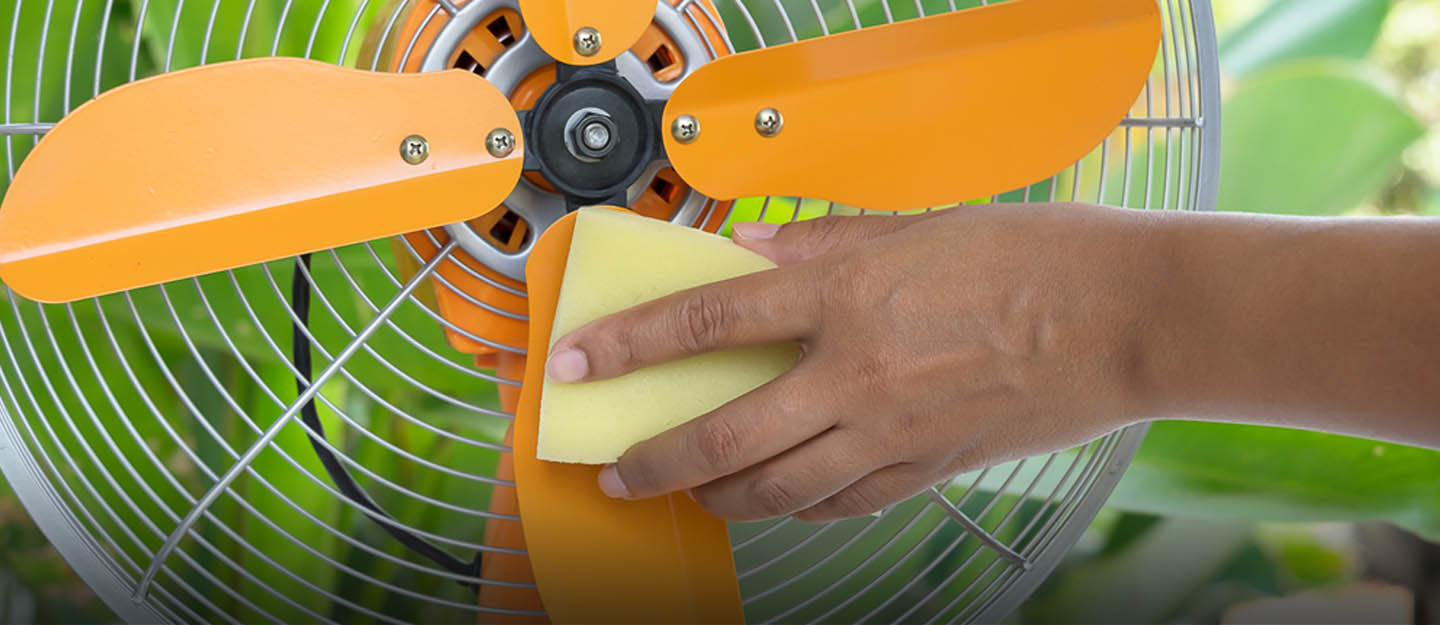
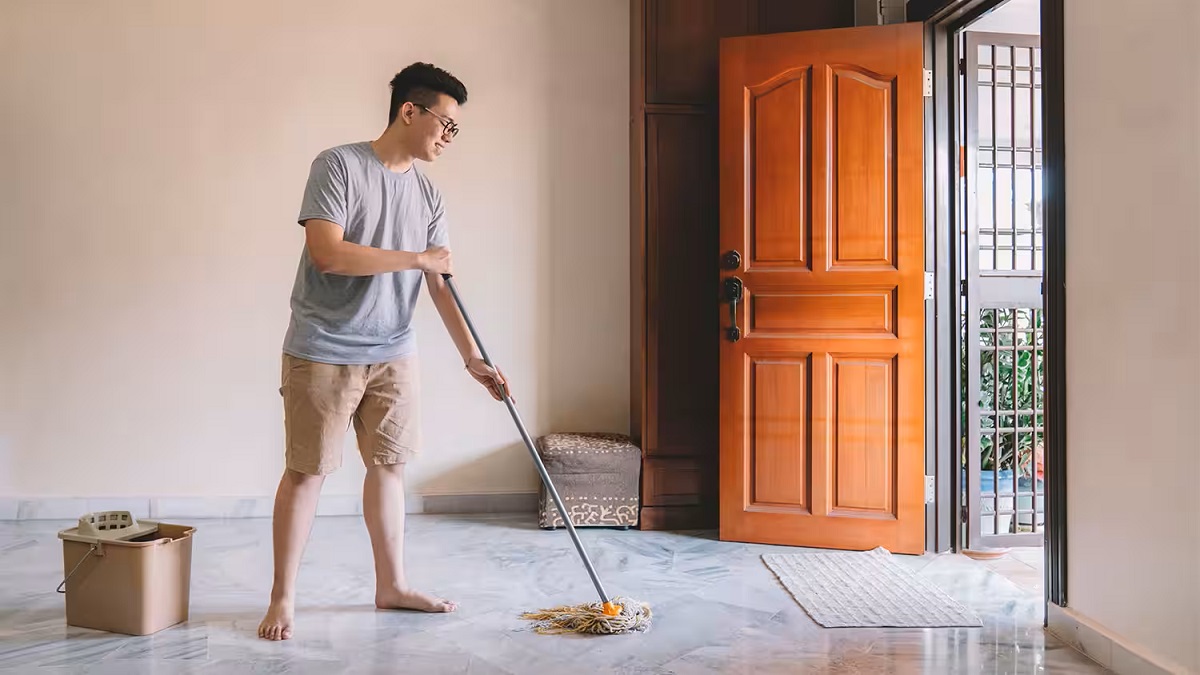

0 thoughts on “How To Clean Resilient Floors”